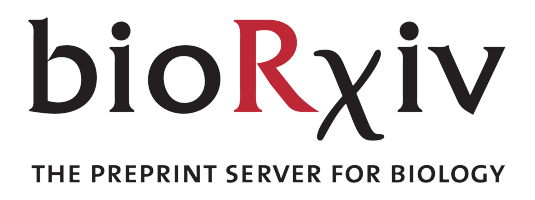Tunable self-association of partially dephosphorylated beta-casein
Key Takeaways
In this article, the authors investigate how phosphorylation state and calcium concentration interplay to drive the self-association of bovine β-casein.
- Calcium concentration is the main determinant of self-association.
- Phosphorylation is the second most important factor, controlling aggregation behaviour and sensitivity to calcium.
How did Labbot support this work?
- Temperature scans at multiple different starting conditions to map out micelle formation and aggregation.
- Combined light scattering and absorbance measurements for enhanced signal robustness.
Abstract
The utilization of bovine casein for creating casein micelles with properties resembling those in human milk presents an opportunity to bridge the nutritional gap between human milk and infant formula. However, the processing of these innovative structures and ingredients remains uncharted territory. While previous studies have examined temperature-induced self-association of dephosphorylated β-casein (β-CN) by varying single factors, the structuring events of industrially manufactured β-CN ingredients have not yet been fully described. In this study, a calcium depleted β-CN was prepared from micellar casein isolate by cold microfiltration. Partial dephosphorylation was carried out using alkaline phosphatase and quantified though intact protein analysis by LC-MS. In situ self-association was investigated during heating (15–75 °C, 1 °C increments) in a multichannel spectrophotometer, with absorbance and static light scattering (SLS) being monitored. An experimental design was employed to investigate the impact of calcium concentration (0–9 mM), β-CN concentration (2.5–10 mg/mL) and degree of dephosphorylation. The results demonstrate that altering the calcium concentration has a significant impact on tuning of the temperature-induced self-association of β-CN. Notably, at 0 mM calcium, irreversible self-association was not observed, and increasing calcium concentration led to a decrease in the temperature of initial self-association. Partial dephosphorylation also had a significant impact, resulting in an increased temperature at initial self-association. The calcium to β-CN ratio exerted a significant impact on the self-association temperature, while the β-CN concentration alone had no pronounced effect. Furthermore, it was demonstrated that calcium-phosphate bridges were not solely responsible for the self-association protein interactions of partially dephosphorylated β-CN.
Other Publications Featuring Labbot

Phase separation of protein kinase A regulatory subunits is driven by similar inter- and intra-molecular interactions involving the inhibitory segment
In the cell, proteins can phase separate to form local, transient compartments that regulate key functions. But what are the driving forces behind this, and how does it relate to other types of protein interactions? To address this, the Magnus Kjærgaard research group in Aarhus developed a framework to quantify the distinct energetic forces governing these interactions.

Effects of solution conditions on the self-assembly of the chaperone protein DNAJB6b
Our cells are kept clean by a host of protein chaperones that prevent the buildup of misfolded proteins linked to dementia and other diseases. In this study, the Sara Linse group takes a close look at one such chaperone, DNAJB6b, exploring how it forms clusters of different sizes under various conditions. This clustering behaviour appears to be central to DNAJB6b’s remarkable ability to suppress protein aggregation.

Modulating protein unfolding and refolding via the synergistic association of an anionic and a nonionic surfactant
This paper explores the complex interactions between proteins and surfactants. Through careful titration, the authors reveal how proteins undergo unfolding and refolding at varying ratios of ionic and nonionic surfactants, uncovering unexpected behaviors along the way. A deeper understanding of this interplay is essential for applications that rely on surfactants to stabilize proteins, including drug formulation, biotechnology, and beyond.

